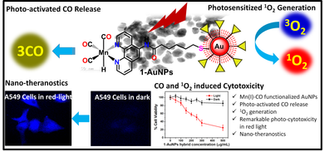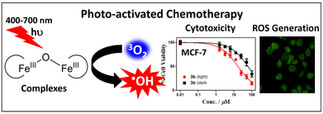The earth has witnessed a greatest global health crisis due to the out-break of SARS-CoV-2 virus in late 2019, resulting in the pandemic COVID-19 with 3.38 million mortality and 163 million infections across 222 nations. Therefore, there is an urgent need for an effective therapeutic option against SARS-CoV-2 virus. Transition metal complexes with unique chemical, thermodynamic and kinetic properties have recently emerged as the viable alternative for medicinal applications. Our aim is to do systematic in silico studies to explore the potential application of selected transition metal-based antiviral agents against SARS-CoV-2.

Ref:
Transition metal complexes as potential tools against SARS-CoV-2: an in silico approach, New J. Chem., 2021,45, 1924-1933.









